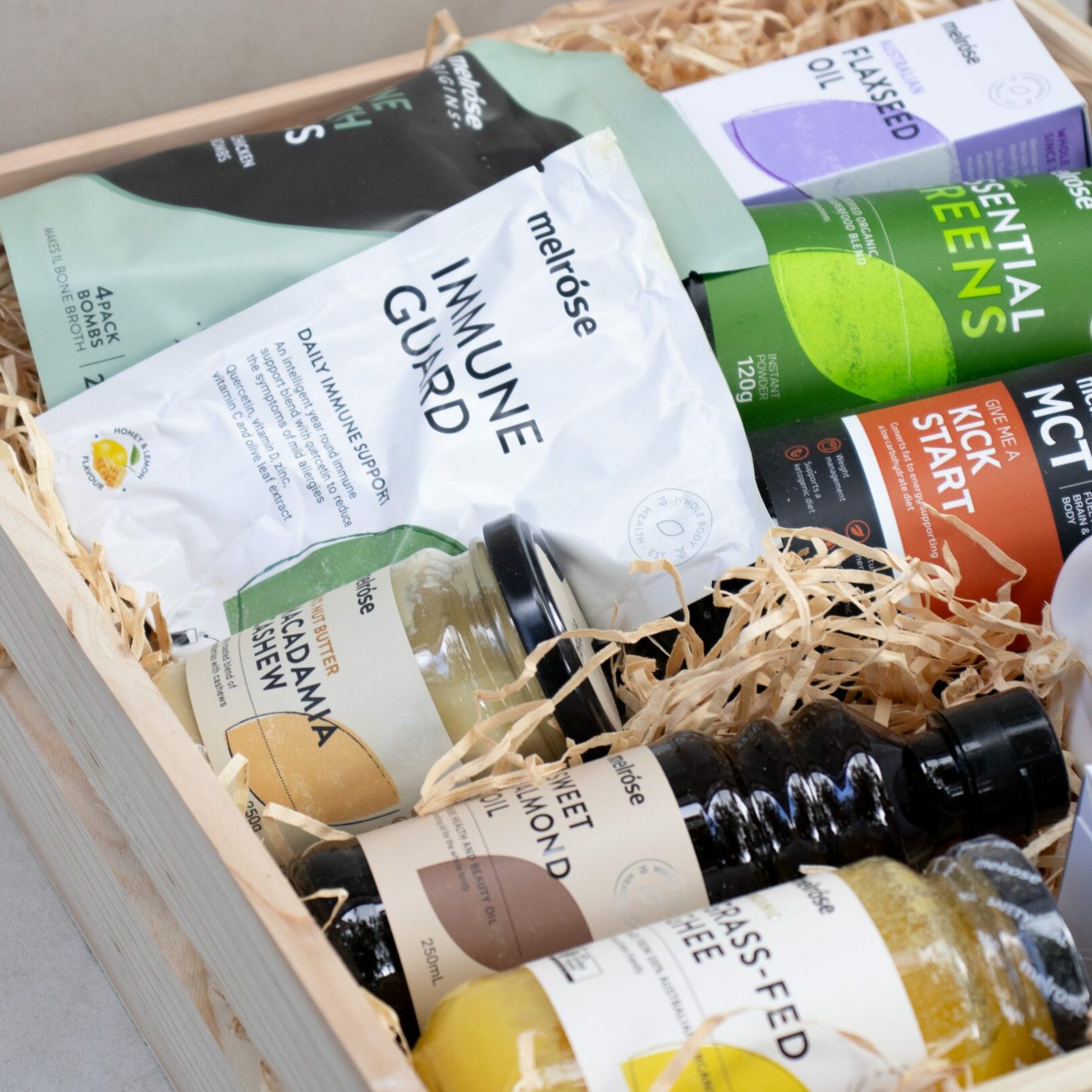
09.11.2015
SUGAR! (Part One) by Elise Ryan
Sugar! A two part series about sugar metabolism and the different “healthy” sugar alternatives.
Sugar and how it’s metabolised within the body – Part 1
What is sugar?
The body breaks down carbohydrates into simple a sugar called glucose, which is the body’s primary source of energy. Plain table sugar (sucrose) is made up of glucose and fructose. Table sugar is an energy source as such however it has been stripped of all beneficial nutritional value like fibre and micronutrients (calcium, magnesium, iron and B vitamins). Processed sugars are chemically identical to the sugars found in plants and fruits however they have been refined and stripped of all the nutrients that are naturally produced. The most common form of sugar is cane sugar. On average Australians consume approximately 53 kilograms of sugar a year! It is highly important to remember that over consumption of refined sugar can have detrimental health effects, not only creating nutritional imbalances but diseases like diabetes type two and metabolic syndrome (just to name a few).
How table sugar (sucrose) is metabolised
Sucrose is a disaccharide (double sugar) of glucose and fructose, meaning that it cannot be absorbed by the body until the links have been broken by the enzymes produced by the villi (tiny finger looking outgrowths) within the small intestine. It is important that the unbroken sugar does not reach the large intestine. If this does occur due to a lack of enzymes the sugars will ferment and cause pain, bloating and general abdominal discomfort.
The digestive system and metabolism
The stomach provides an acid barrier which ensures that most bugs and parasites are destroyed. The stomach prepares food for digestion by dissolving it in acid and adding enzymes (from the pancreas) to begin the digestive process. Eating food quickly and in large quantities impairs the digestive process within the stomach through inhibiting the secretion of digestive enzymes and altering the acid barrier. If sugars are not properly digested within the stomach, they are then passed into the small intestine. Within the small intestine we have villi. The villi allows for a larger surface area to effectively absorb all the nutrients from food to be passed onto the lymphatic and vascular systems.
As food passes into the large intestine it should be reduced into waste material – ready for excretion. The large intestine absorbs electrolytes, fluids and toxins that are left within waste material. This is why it is highly important to listen to your body when it is giving you the signal to evacuate your waste material and why constipation or holding onto waste material can cause so many health complications. An optimal transit time for waste material (poo) is generally 12 – 24 hours and is facilitated by ensuring adequate fibre and fluid intake on a daily basis. Digestive enzymes secreted by the villi within the small intestine (duodenum) create a chemical reaction that breaks down the molecular link and splits sucrose into glucose and fructose. Thus making them available to cross the intestinal wall and be taken up by circulating blood to be distributed around the body to produce energy.
The body’s energy supply
The body’s energy comes from glucose and fats. Glucose is especially important as our brain and blood cells can only use glucose as their energy source. Sources of blood sugar (glucose) are starches, proteins and the sugar we consume. Included in this is glycogen (a type of starch stored within the liver) utilised for stabilising blood sugar levels. Traditionally starch and proteins produced almost all of the body’s sugar requirements. However, in our modern day diets on average 25% of our energy comes from table sugar, half of which is fructose. Fructose metabolises twice as rapidly as glucose. The body controls glucose metabolism very carefully and only supplies it when needed. Various hormones regulate this process as a result only a minimal amount of glucose is converted to fat.
Look out for part 2 on the different “healthy” sugar alternatives next week.
Yours in good health,
Elise Ryan
Naturopath
Share this post with your friends






